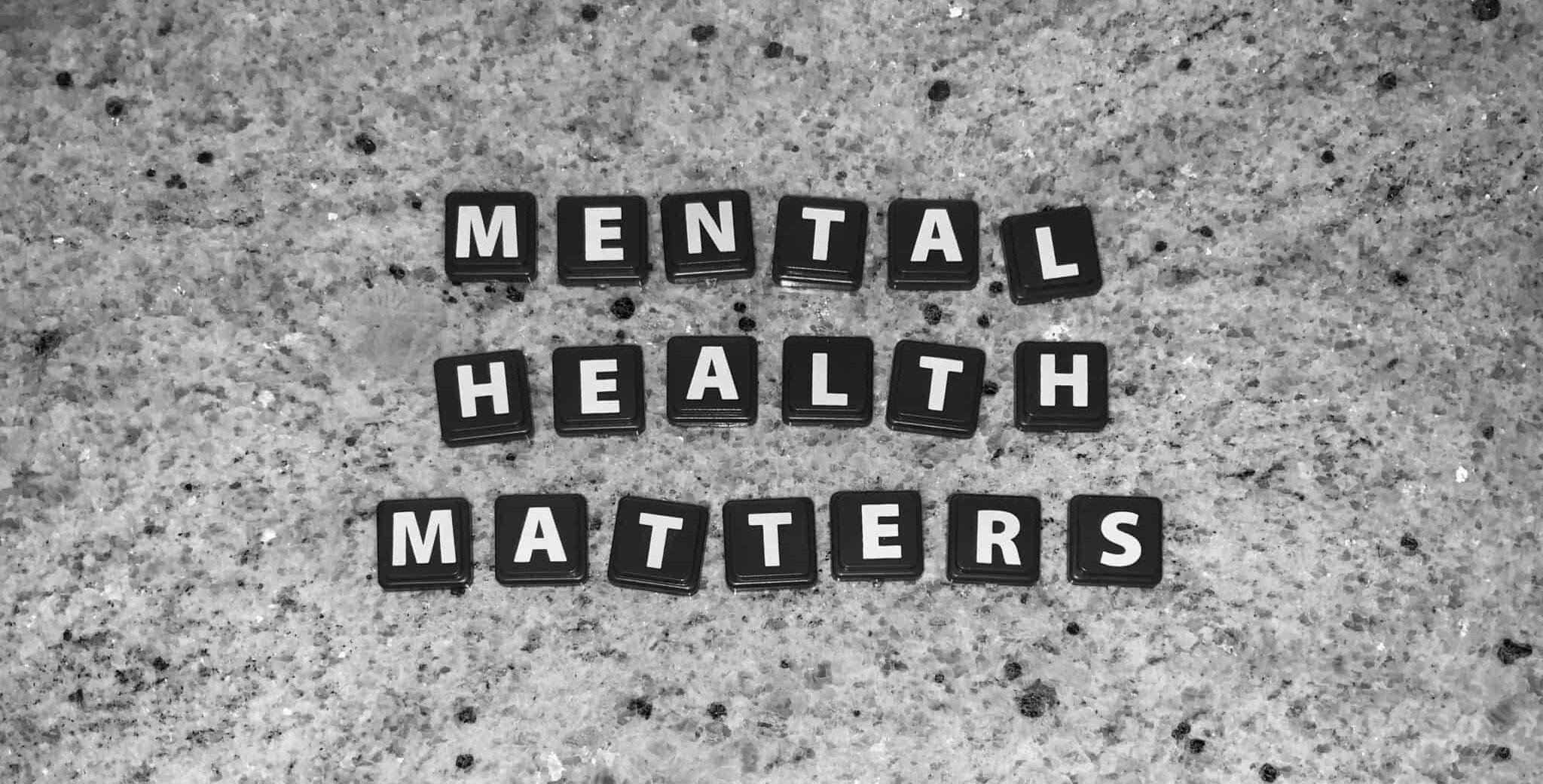October 1, 2021
By Mark Leopold
Mental health and the workspace
By Mark Leopold
October 1, 2021
Share this article


As Australia’s vaccination rate climbs, Superfriend’s Mark Leopold writes on leadership and mental health in the workplace.
In my forties I became a positive leader. If that sounds like I’m pumping wind into my own sails, be assured, I spent the prior 20 years being somewhat crude at the art!
I say ‘art’ because I believe that leadership is more art than science.
Suffice to say that, if I am an okay leader, it’s a recent adaptation. For many a year, I have been reasonably selfish, cynical and judgemental. Drop in a fair dollop of pessimism and a tendency to worry – a lot – and you have a group of traits that are not generally considered the foundation of good leadership.
Fortunately, I have learned that:
People prefer to work alongside optimistic, honest, inclusive and action-oriented people.
Supporting, coaching and helping people to use their strengths is confidence building and empowering for everyone involved.
Empathy and humility are powerful virtues.
Being accessible and respectful of people’s time is important.
Positive leadership and timely feedback are good for health and wellbeing; for all parties.
Leadership and quality decision making is about using your head and your heart.
Enabling people to use their strengths and understand how their work links to strategy is essential.
Discussing your own emotional ups and downs can create powerful connections and give other people ‘permission’ to talk.
I’m still learning and importantly, I am still un-learning.
I’ve also realised that effective leadership is not about my success; it’s about the success of others. This may seem like an obvious statement to many, but it wasn’t until I removed my own ego from the equation and truly understood that leadership is about helping people, that I started to change my outlook and more importantly, my behaviour as a leader.
Leadership is about people. Leadership is about us. You. Individuals. Team. Our individuality should be celebrated and embraced. The more time that we spend listening to, understanding and helping each other, the more likely that we will develop mutual trust and respect in the workplace context.
In a positive and respectful environment, we’re more likely to open up, talk about issues and support each other. We bring our collective strengths to the table, develop confidence in each other and create a safe space for everyone. When the seas turn rough – like the past 18 months – we’re better set up to seek help and manage the stresses and strains of life.
I have been thinking about this a lot lately – the idea of creating safe, trusting, and respectful environments where people feel they can bring issues to the table.
My observation is that often the safe spaces don’t extend vertically.
By this I mean, sometimes the safe spaces are in the close-knit informal work relationships we build with peers in our teams (or a subset of our teams) or just through friendly relationships we build across the organisation. Horizontal, peer to peer, so to speak.
Horizontal is good but I believe that the strongest positive impact comes when the safe spaces extend vertically, with people reaching out to their leaders or leaders opening up to their people.
At heart, we are a collective, a tribe, a clan. We are meant to be connected. It feels good when we are all flourishing together. It feels good when our leaders open up and trust us. We – both leaders and our teams – grow together.
Most people want to be part of a respectful, fun team who works together, challenges each other and is bonded to deliver great outcomes for our stakeholders. While we are all different, it is satisfying (and liberating) to share the load, take on a specific role and leverage the diversity that individuals bring to a team.
Here’s a related thought – if leadership is about understanding and helping people; then how does leadership differ from psychology? The Australian Psychological Society notes that:
“Psychology is both a science and a profession, devoted to understanding how people think, feel, behave and learn.”
Is this not a big part of leadership? Understanding how people, think, feel, behave and learn and in doing so, help us all lead our best possible lives?
Is psychology an art or science? That is not a debate I am qualified to answer but as stated earlier, I prefer to call leadership an art. Why?
Well, I am not a scientist (yet I love science). I am not psychologist (yet I’ve spent a long-time understanding the mind; my mind). Finally, I am probably at the edge of what some people may define as ‘professional’! I enjoy a laugh at work and sometimes walk a fine line to find a smile.
Leadership will always be a balance between the head and the heart; pragmatic commercial logic and inspiring vision. The two help drive innovation and sustainable performance. But for me, leadership is art rather than science.
Art that I can appreciate when I see great leaders in action. Art that is subjective and open to interpretation. Art that is richer for the diversity of people who seed new ideas and break new ground. An art that I continue to learn, underpinned by an open mind – hopefully open enough that I can ‘unlearn’ entrenched views.
By Mark Leopold, Head of Policy and Strategic Alliances at Superfriend
Share this article


Related articles
Media release
May 26, 2025

Media release
May 26, 2025
First Nations Foundation Welcomes Leah Bennett as Managing Director
Read more
Media release
August 6, 2024

Media release
August 6, 2024
First Nations Foundation partners with Morningstar to launch investment training for Aboriginal and Torres Strait Islander people
Read more
Media release
May 31, 2024

Media release
May 31, 2024
FNF calls on government and financial institutions to do more for economic reconciliation
Read more